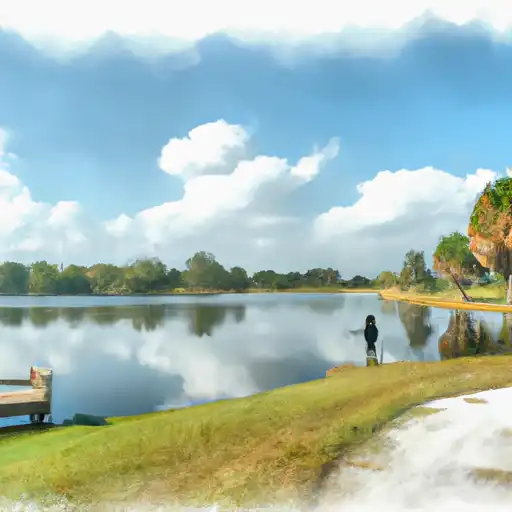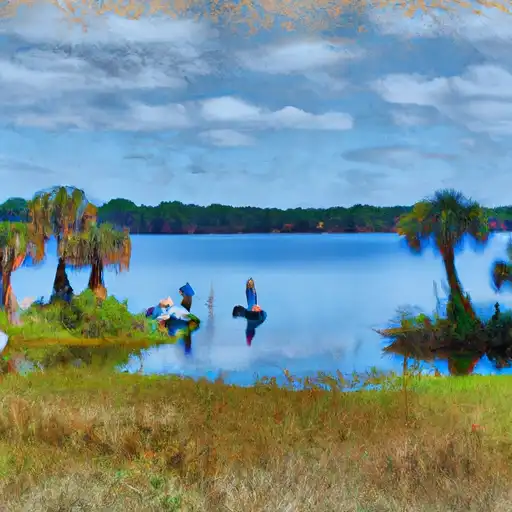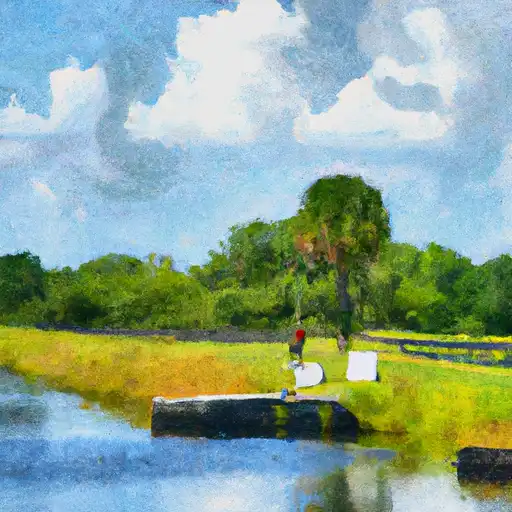State Park John U. Lloyd Beach
Rate this placeLast Updated: December 27, 2025
State Park John U.
°F
°F
mph
Wind
%
Humidity
Summary
Lloyd Beach, located in Florida, offers a plethora of reasons to visit and explore. The park boasts a stunning natural environment, including pristine beaches, diverse wildlife, and a range of recreational activities for visitors to enjoy.
One of the main draws of John U. Lloyd Beach State Park is its beautiful beach. With its crystal-clear turquoise waters and soft white sand, it provides the perfect setting for swimming, sunbathing, and picnicking. The park also offers ample opportunities for fishing, both from the beach and from the park's designated fishing areas.
Nature enthusiasts will be delighted by the park's diverse ecosystem. The coastal hammock and mangrove habitats attract a variety of bird species, making it an excellent spot for birdwatching. Visitors may spot herons, pelicans, ospreys, and even the occasional bald eagle. Additionally, the park is home to native reptiles and mammals, including turtles, alligators, and raccoons.
For those seeking outdoor activities, John U. Lloyd Beach State Park offers hiking and biking trails that wind through the natural areas, providing a chance to explore and appreciate the park's biodiversity. Kayaking and paddleboarding are also popular activities, allowing visitors to paddle along the Intracoastal Waterway, which borders the park.
Interesting facts about the park include the presence of the SS Copenhagen shipwreck, which lies just offshore. This historical site attracts snorkelers and divers who can explore its remains. Another unique feature is the park's proximity to Port Everglades, one of the busiest cruise ports in the world. Visitors may witness impressive cruise ships departing and arriving, adding an exciting element to their visit.
The best time to visit John U. Lloyd Beach State Park is during the winter months, from November to April, when the weather is mild and comfortable. The park can get crowded during weekends and holidays, so weekdays are a good option for a quieter experience. It is important to note that some areas of the park may close during sea turtle nesting season, which usually occurs from March to October, to protect these endangered creatures.
To ensure accuracy, it is advisable to verify the information provided by referring to multiple independent sources, such as the official Florida State Parks website, local tourism websites, and reputable travel guides.
Weather Forecast
Park & Land Designation Reference
Large protected natural areas managed by the federal government to preserve significant landscapes, ecosystems, and cultural resources; recreation is allowed but conservation is the priority.
State Park
Public natural or recreational areas managed by a state government, typically smaller than national parks and focused on regional natural features, recreation, and education.
Local Park
Community-level parks managed by cities or counties, emphasizing recreation, playgrounds, sports, and green space close to populated areas.
Wilderness Area
The highest level of land protection in the U.S.; designated areas where nature is left essentially untouched, with no roads, structures, or motorized access permitted.
National Recreation Area
Areas set aside primarily for outdoor recreation (boating, hiking, fishing), often around reservoirs, rivers, or scenic landscapes; may allow more development.
National Conservation Area (BLM)
BLM-managed areas with special ecological, cultural, or scientific value; more protection than typical BLM land but less strict than Wilderness Areas.
State Forest
State-managed forests focused on habitat, watershed, recreation, and sustainable timber harvest.
National Forest
Federally managed lands focused on multiple use—recreation, wildlife habitat, watershed protection, and resource extraction (like timber)—unlike the stricter protections of national parks.
Wilderness
A protected area set aside to conserve specific resources—such as wildlife, habitats, or scientific features—with regulations varying widely depending on the managing agency and purpose.
Bureau of Land Management (BLM) Land
Vast federal lands managed for mixed use—recreation, grazing, mining, conservation—with fewer restrictions than national parks or forests.
Related References

 Hollywood North Beach Park
Hollywood North Beach Park
 Mullikin Park
Mullikin Park
 Anne Kolb Nature Center
Anne Kolb Nature Center
 Boggs Field Park
Boggs Field Park
 Dowdy Baseball Park
Dowdy Baseball Park
 Plantation Heritage Park Lake
Plantation Heritage Park Lake
 Little Lake Maule
Little Lake Maule
 Snake Creek Canal
Snake Creek Canal